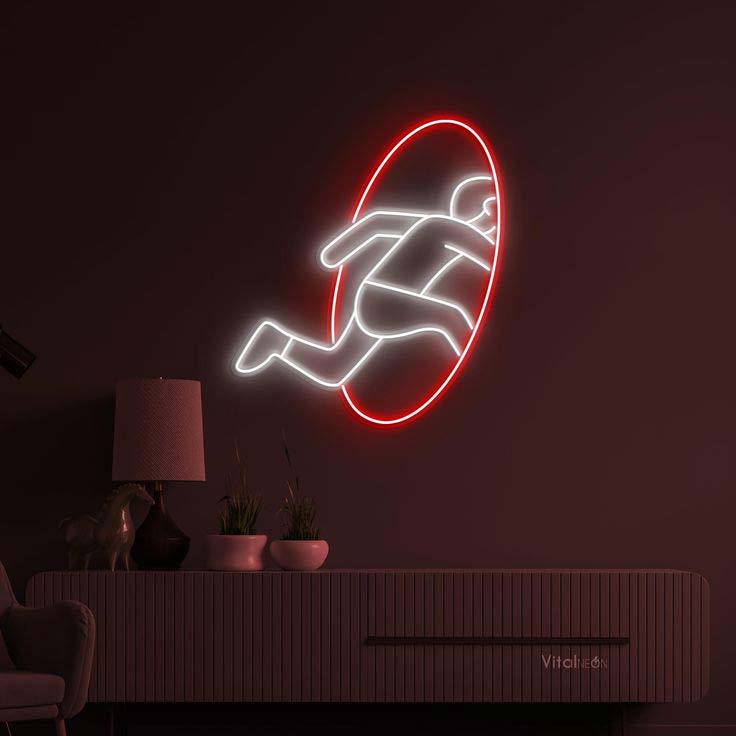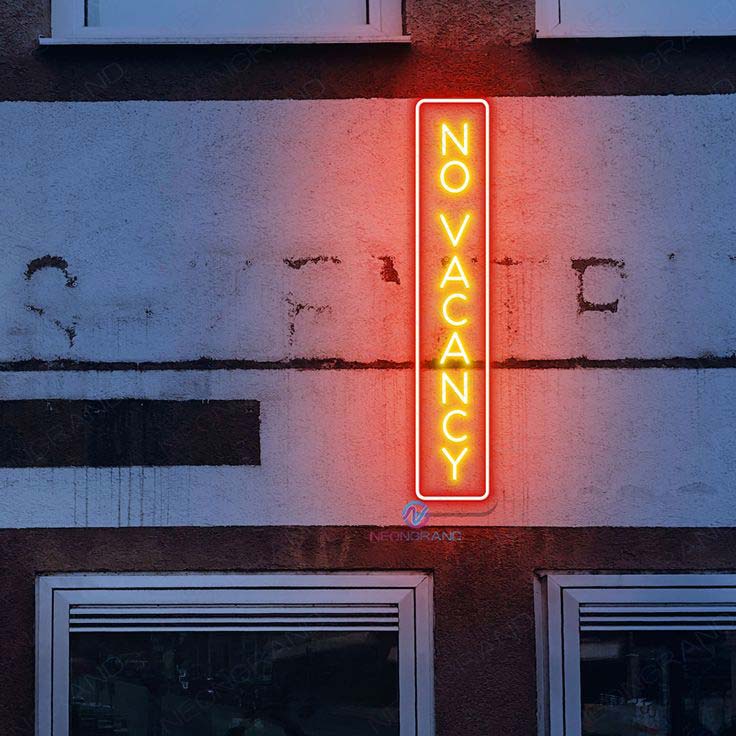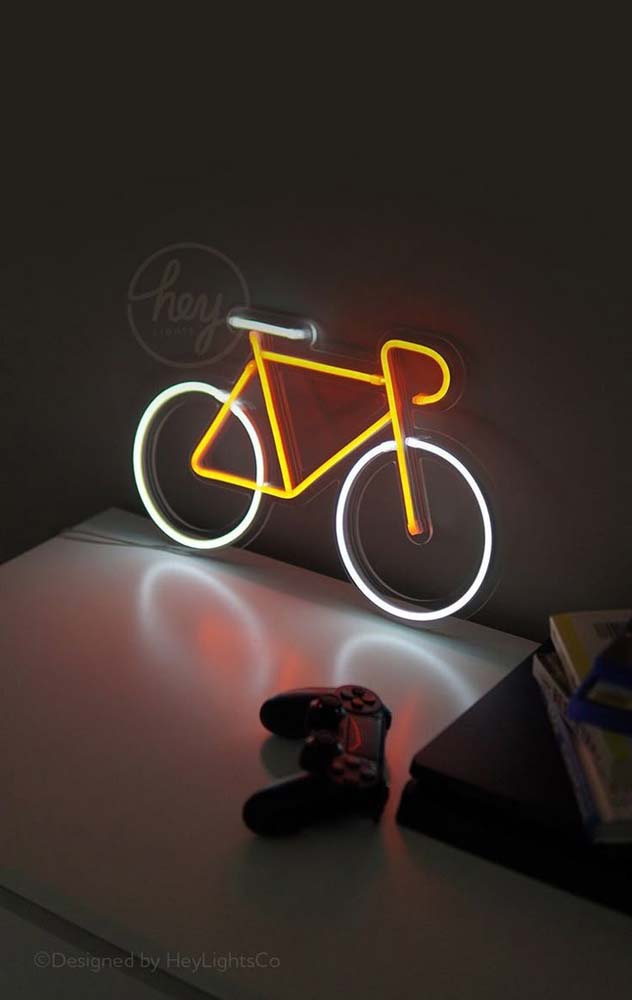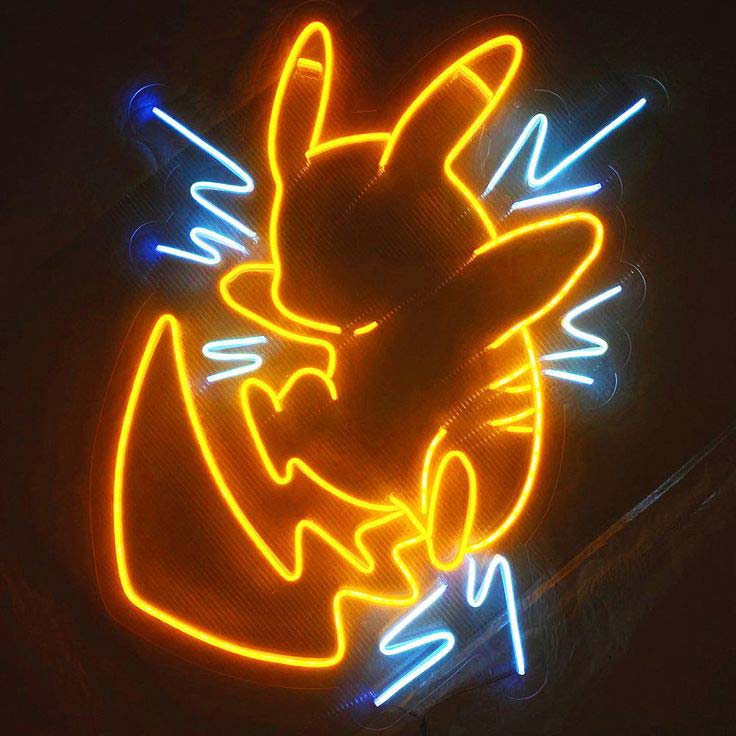Neon Signs Are Back in Business: The Revival of a Classic Advertising Tool
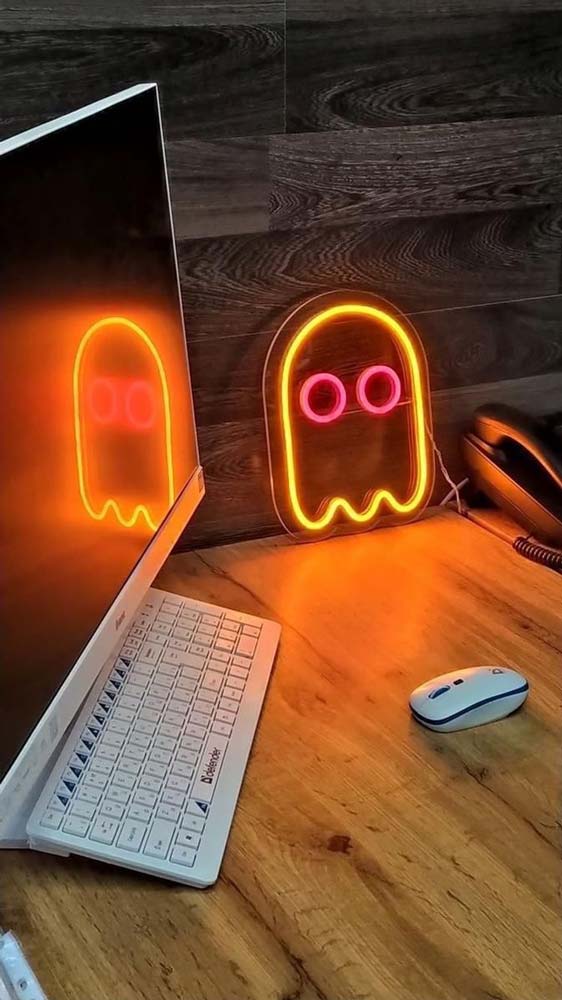
Introduction: The Resurgence of Neon Signs
Neon signs were once the hallmark of bustling city streets, glowing brightly above storefronts, diners, theaters, and gas stations. They were synonymous with the vibrant energy of the 20th century, especially in places like Times Square in New York City and the Las Vegas Strip. However, with the rise of digital screens, LED technology, and modern advertising methods, neon signs gradually fell out of favor. But in recent years, these nostalgic light displays have made a surprising return.
In this blog post, we will explore the resurgence of neon signs, their cultural significance, and why businesses are once again turning to this classic form of advertising to attract attention and make a statement.
A Brief History of Neon Signs
Neon signs were first introduced in the early 20th century by French engineer Georges Claude, who discovered that neon gas emitted a bright, colorful light when electrified. In 1910, Claude unveiled the first neon sign in Paris, and it wasn’t long before neon signs became a popular form of outdoor advertising, especially in the United States.
By the 1920s and 1930s, neon signs were becoming a staple of American cities, with iconic signs lighting up cities like Los Angeles, New York, and Chicago. Neon’s vivid glow and versatility made it an ideal medium for attracting attention in an increasingly crowded and competitive marketplace. From movie theaters to restaurants to hotels, businesses used neon signs to stand out and draw in customers.
The classic neon sign became a symbol of post-war optimism and consumer culture, representing everything from the rise of fast food chains to the glamour of Hollywood.
The Decline of Neon Signs: From Bright Lights to Obsolescence
As the 20th century progressed, neon signs faced increasing competition from other forms of advertising. The rise of more energy-efficient technologies like LED lights and digital billboards gradually pushed neon out of the spotlight. By the late 20th and early 21st centuries, neon signs were viewed as outdated and impractical, often associated with fading motels, vintage diners, and outdated businesses.
LED technology, in particular, provided a more cost-effective and versatile alternative. LEDs were brighter, more energy-efficient, and easier to install, making them the preferred choice for many businesses. Meanwhile, neon’s fragile glass tubes, which required skilled craftsmanship, became a costly and labor-intensive option.
As a result, neon signs slowly began to disappear from city streets, replaced by more modern, digital signage options that could be easily updated and programmed.
Why Neon Signs Are Making a Comeback
Despite the decline of neon signs in the late 20th century, they have experienced a remarkable revival in recent years. The comeback of neon signs can be attributed to a few key factors:
- Nostalgia and Retro Appeal: Neon signs evoke a sense of nostalgia, reminding people of simpler times, classic diners, and the iconic lights of Las Vegas. As retro aesthetics continue to rise in popularity, neon signs have found a new following among younger generations who appreciate vintage styles and nostalgic references.
- Aesthetic and Atmospheric Value: Neon’s bright, colorful glow creates a unique ambiance that can’t be replicated by digital displays or LED lights. Businesses are increasingly using neon signs not just for advertising, but for their ability to enhance the atmosphere of a space, creating a striking visual identity.
- Artistic Expression: Neon signs are often viewed as a form of art, with custom designs and hand-crafted neon lettering providing a level of creativity and individuality that digital screens cannot offer. Artists and designers have embraced neon as a medium for self-expression, using it to create unique pieces of art that stand out in urban landscapes.
- Sustainability and Energy Efficiency: Modern neon signs use more efficient technology than their older counterparts, making them more environmentally friendly. With new materials and manufacturing techniques, neon signs can now offer the same iconic glow with less energy consumption, making them a more sustainable option for businesses.
The Role of Neon Signs in Modern Business
Today, neon signs are making a resurgence, particularly in the hospitality, retail, and entertainment industries. They’re being used to create eye-catching storefronts, enhance interior décor, and evoke a sense of personality that digital signage simply can’t match. Neon signs are now used as a branding tool, helping businesses create a distinctive identity that draws customers in.
For example:
- Restaurants and Bars: Neon signs are commonly used in the food and beverage industry to add personality and attract foot traffic. Many trendy restaurants and bars use neon lights with playful phrases or iconic logos to give their spaces a vibrant, welcoming feel.
- Hotels and Motels: The classic neon “vacancy” sign has returned in a big way. Motels and boutique hotels are embracing neon as a nostalgic feature that adds to the retro charm of their establishments.
- Shops and Boutiques: Retailers are turning to neon signs to catch the eye of passersby and enhance the atmosphere of their stores. From simple logo designs to full-wall neon installations, these signs are becoming essential elements of modern branding.
- Pop Culture and Events: Neon signs are also becoming more prevalent in pop culture, from movie sets and music videos to art exhibitions. They’ve become synonymous with hip, creative spaces, and are used by brands to capture a sense of youthful energy and modern flair.
The Influence of Neon Signs on Pop Culture
Neon signs have had a lasting impact on pop culture, influencing everything from film and television to fashion and art. The iconic glow of neon has been a staple of cinematic settings, especially in movies like Blade Runner, Drive, and Lost in Translation, where neon lights set the tone for urban dystopias or nighttime adventures.
Neon also appears in street art and modern design, often used to create bold statements or add a sense of irreverence to contemporary spaces. Neon signs have even inspired fashion trends, with designers using neon colors and motifs to evoke the look and feel of retro signage.
The Future of Neon Signs: A Balance of Tradition and Innovation
The future of neon signs looks bright—pun intended. As more businesses embrace the retro aesthetic, neon signs will continue to be a key player in branding, advertising, and urban design. However, modern neon signs are not just about nostalgia; they are also about innovation. Advances in LED technology and energy-efficient neon tubing will continue to push the boundaries of what’s possible, allowing for more customizable and sustainable neon signs.
With a blend of traditional craftsmanship and modern tech, neon signs will remain a unique and powerful design tool in the years to come.
Conclusion: Neon Signs—Brightening the Future
Neon signs are no longer relics of the past—they’re making a dynamic comeback in the modern world. Whether used to create a nostalgic ambiance, enhance business branding, or serve as a form of artistic expression, neon signs are proving that they still have a place in the world of design and advertising.
As businesses continue to embrace their retro appeal and timeless glow, neon signs are once again brightening our streets and buildings, capturing the attention of new generations and continuing to shine in the spotlight.
References
- Lambert, J. (2021) The Revival of Neon: Nostalgia and Modern Design. New York: Rizzoli Publications.
- Smith, A. (2020) Neon Signs and the Art of Advertising: From 1920s to Today. Journal of Visual Culture, 29(3), 55-67.
- Wells, P. (2018) Neon Lights and Urban Aesthetics: The Evolution of Neon Signs. Urban Design Review, 13(2), 89-101.
- Richards, D. (2019) The Glow of Neon: How Retro Signs Are Shaping Modern Branding. Marketing Trends Journal, 22(1), 34-41.
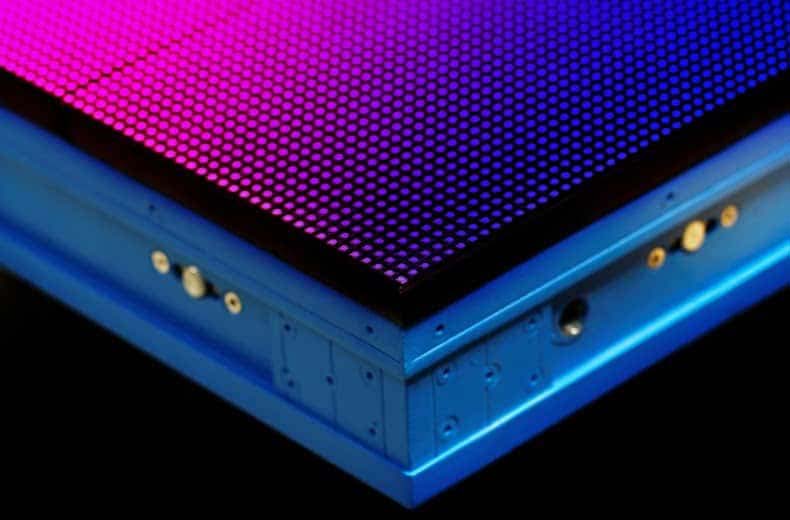
Introduction: The Emergence of LED Technology The evolution of display technology has been nothing short of revolutionary, with each new…
